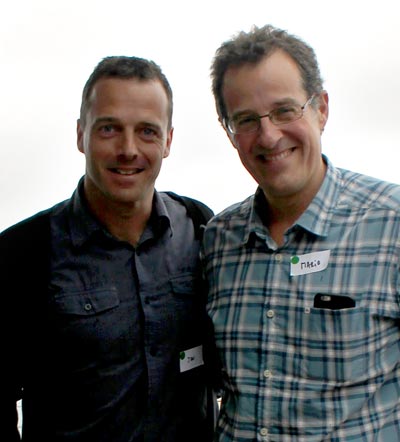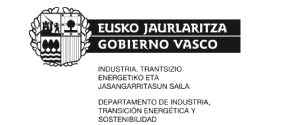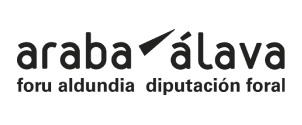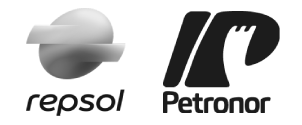
Affirmed by Mario Zubiaga (University of the Basque Country) and Jon Irurzun (Gipuzkoa Berritzen), both members of Gogoeta Taldea. This work group made up of some ten experts has tried to find out, throughout 2014 and 2015, the situation of each of Gipuzkoa's regions, in order to offer them an external contrast. During this process, promoted by Gipuzkoa Sarean, they have worked with experts from the agencies, managers and politicians, in such a way as to consider the impact of their work on the regions' challenges, and in learning from this process, new routes of collaboration can be opened up, where necessary. The experts took part in the Eskualde Arteko Mahaia meeting, on 17th April in Donostia, where a summary of their work was made.
Gogoeta Taldea visited the regions of the territory in order to carry out a diagnostic of its situation and share his analysis, primarily with the agents and politicians of the development agencies. Following this tour, how can territorial development of the regions be boosted?
MARIO: Our aim hasn't been to define the development strategies of each region, but rather focus more on the 'how'. The regions are already developing their development strategies, and establishing priorities according to their personality and socioeconomic structure. We, as a think tank, and basing ourselves on smart specialisation strategies (RIS3), have worked on how this development model should be designed and what factors have to be kept in mind.
Taking into consideration the relationships and work dynamics of the development agencies and other regional bodies, we've analysed up to what point they help to give answers to future challenges. Following the quadruple helix model, we've underlined the need to overlap the relationships between local councils, experts, politicians, companies, trade unions, civil society and other bodies. Furthermore, we've placed a mirror in front of them, in such a way that regional bodies have been able to reflect and discuss together about their regions' challenges.
JON: As Mario has pointed out, our work has focused on acting as an incentive. It's the job of the agencies and the territory's bodies and politicians to check if a regional diagnostic exists and if they're willing to face the challenges that it presents them with. Furthermore, they have to choose a particular relationship model. It's often enlightening for someone from outside to get the agents together, take them out of their day to day work and invite them to think. In this sense, the work undertaken by Gogoeta Taldea has been very effective.
There is an added difficulty, because we're dealing with intangible features. In fact, in the Eskualde Arteko Mahaia meeting we confirmed this tendency to deal with the more tangible aspect of the process, the 'what'. We prioritised the short term and we needed to visualise the results, while it's more difficult to show the 'how'.
You've worked with development agencies in order to get to know the regions more closely. In your opinion, what role should the agencies adopt in order to boost development?
MARIO: Within a territory's development you have to bear in mind both the productive competitiveness as well as the social dimension. Development agencies, because of their position and their role, must help to achieve this greater overlapping, in the quadruple helix model previously outlined. Development agencies are a means of achieving this goal, but it's necessary for other bodies of the territory –among others, civil society, companies, trade unions or political parties- to work on this task together.
JON: It's important that all of the region's bodies work together, each one in its own role, towards society's wellbeing.
In the diagnostic that you carried out, you note the importance of overlapping the relationships of different bodies and the role of development agencies. Gipuzkoa Sarean is driving a new relationship model between the bodies of the same region and between different regions. It has worked especially with development agencies. Have you noticed any change in this respect?
JON: Changing the current relationship model is a long-term challenge. The only thing that we've been able to do is create the suitable conditions in order to make this evolution easier, that is, to create and promote new spaces and relationship processes, but keeping in mind that it's a long process, whose results won't be immediate.
The work undertaken by Gipuzkoa Sarean has, in my view, two notable results. Something we've seen in today's session: on the one hand, the results of the dialogue about each region's diagnostics, challenges and strategies, results that, probably, are collected in some document that is to say, the explicit results; and on the other hand, the open implicit, living process, that can be very effective in the future. Because we all know that discussing with strangers is not the same as discussing with people you know. And, in that area, a lot of progress has been made.
MARIO: As Jon has said, all the regions of Gipuzkoa have taken part in today's Eskualde Arteko Mahaia session, and they've been tightening bonds. In this case, a diagnostic has been carried out and, at the same time, a process to solve the deficiencies of this diagnostic has been developed. In this sense, the regions are also making serious efforts.












